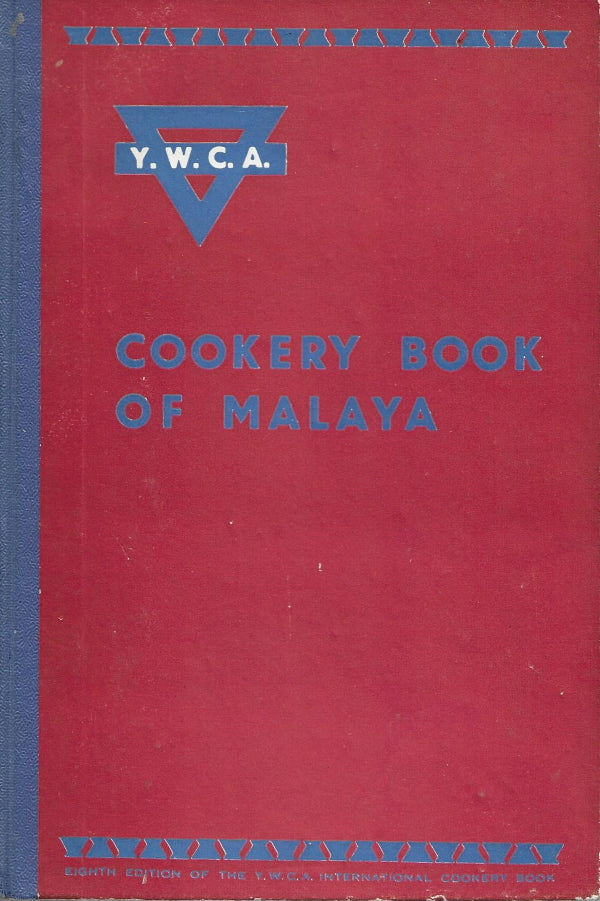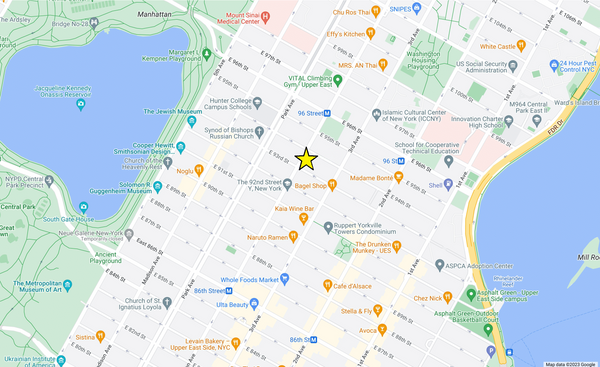OP: The YWCA of Malaya Cookery Book
The colonial experience, for all that was troubling and even repellant about it, produced some unexpected and utterly intriguing cultural mixing, by no means the least in the area of food and cookery.
We don’t know exactly when Mrs. A.E. Llewellyn assembled her first book on the food of Southeast Asia’s Malay peninsula, but by the fifth edition in 1948 this fascinating pastiche of East and West was issued as a fund-raiser for the YWCA of Malaya—now the country of Malaysia.
We are aware of nine editions into the mid-1960s, employing for some of them, the title YWCA Book of Malay and Singapore Cookery. They do not seem to vary immensely over the years, but the advertising and some details of design, such as the cover color, differ.
The copy we offer is the eighth edition, dated 1958, and, Nach says, it provided him a very pleasant time browsing a document of two—or perhaps more like half a dozen—cultures side by side in the kitchen and at the dining table. From good English veal and ham pie or rich Christmas pudding to pangang gollek (chicken stewed with nuts, ginger, saffron, and coconut milk) or banget (little cakes made with sugar, sago palm flour, and mutton fat) this book is a true culinary adventure.
European and Asian dishes are in separate sections, but the overlap in ingredients, and sometimes even in technique, is apparent. The béchamel sauce, for example, is augmented with a shallot-like vegetable called bawang merah; the dessert fool is made with whipped cream and durian. A substantial introduction on shopping and approaches to cooking practice makes this clear.
Included are large useful glossaries, since all the pantry, it is presumed, will be stocked from local sources. There is even a section of cooking advice in Malay, possibly for those households that employ local cooks or where long-time European residents have simply incorporated the language of the culinary tradition that surrounds them.
Since this peninsula is a crossroads for the larger region, there are, in addition to the section of Malay recipes, chapters on Indonesian, Chinese, and Indian foods that are very much part of the the local diet—as well as a discussion of the background of what is called Indo-Malayan Cookery
Our copy is, to our great pleasure in Very Good-Plus condition, probably never used, clean both inside and out and sturdily bound. The binding is three-piece with a blue spine and red boards. Published without dust jacket. Unusual and immensely interesting.


